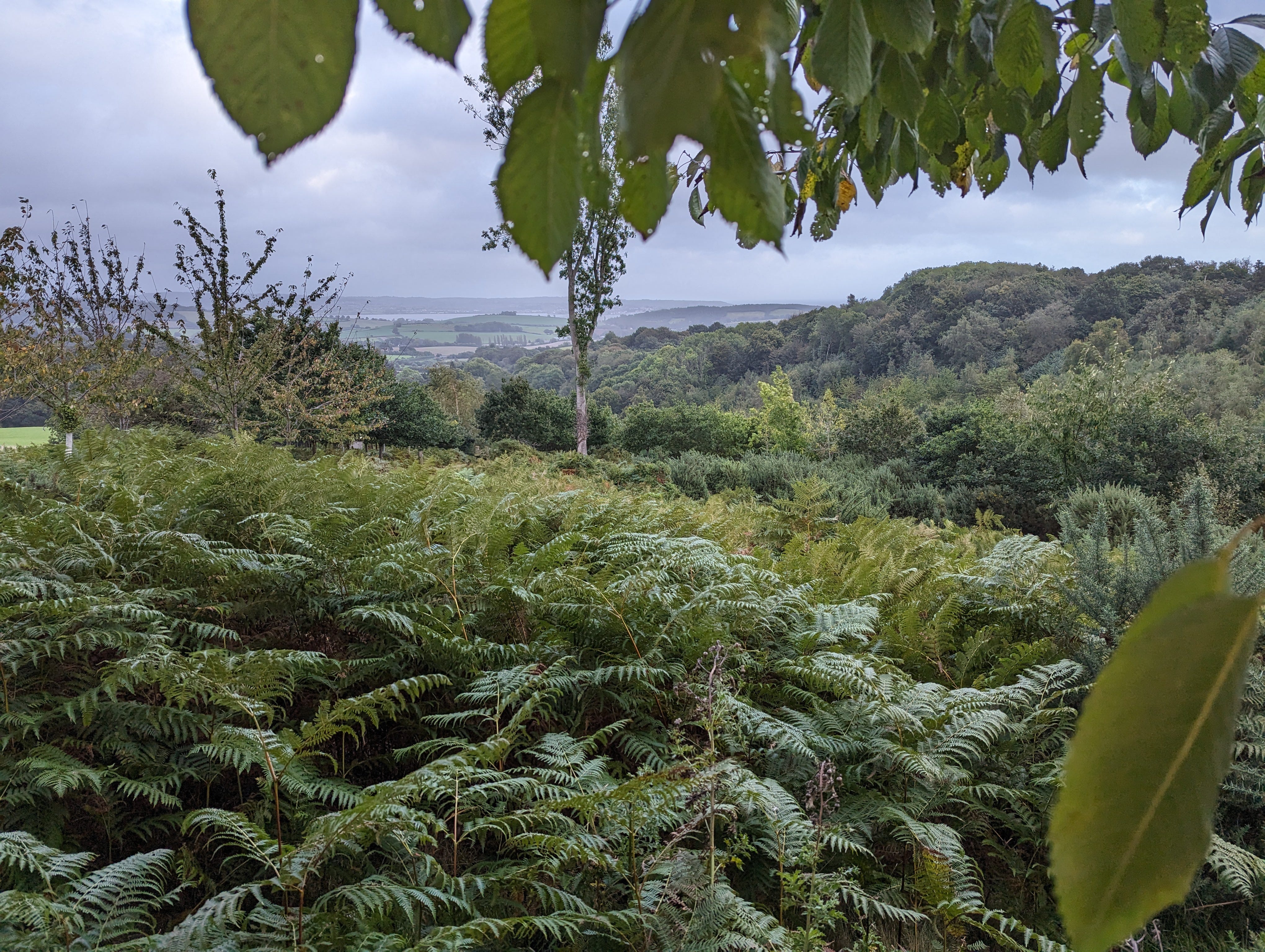Dawlish Park Today - A Hotspot for Wildlife, Biodiveristy and Carbon Capture
Returning to Dawlish Park, we explore the world of our first park-sized rewilding project as it exists today.
Dawlish Park has become one of LettsSafari’s leading rewilding safari parks, and while previously we have discussed the process of setting up Dawlish Park, now is our chance to uncover the 75 acre world of Dawlish Park today, exhibiting its wildlife, biodiverse plant growth, and the day to day trend…
Keep reading with a 7-day free trial
Subscribe to LettsSafari+ to keep reading this post and get 7 days of free access to the full post archives.



